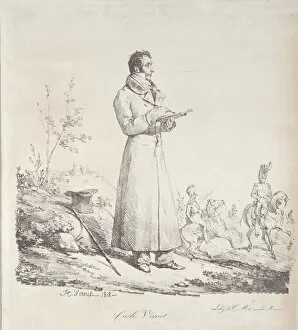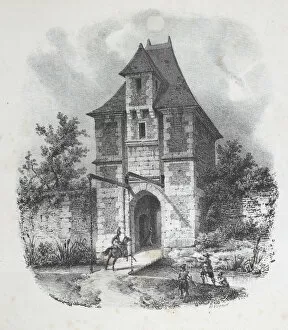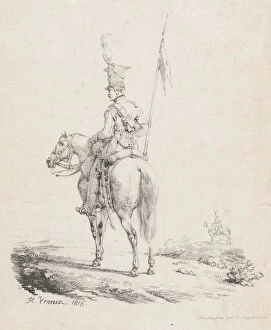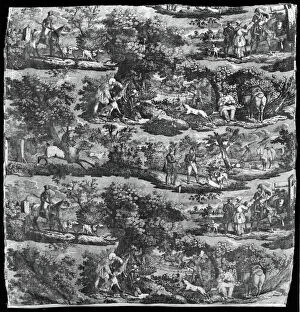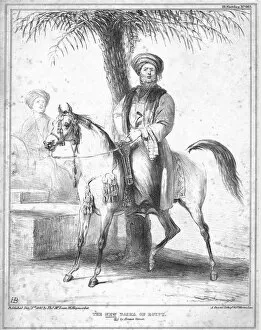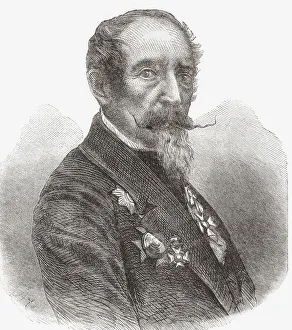Mile Jean Horace Vernet Collection
Emile Jean-Horace Vernet, a renowned French artist of the 19th century, captivated audiences with his diverse range of subjects and masterful brushstrokes
All Professionally Made to Order for Quick Shipping
Emile Jean-Horace Vernet, a renowned French artist of the 19th century, captivated audiences with his diverse range of subjects and masterful brushstrokes. In "The Studio of Horace Vernet (Interieur d'un Atelier), " he invites us into his creative sanctuary, where artistry comes to life. The vibrant scene captures the essence of artistic camaraderie and the energy that permeates every stroke. In "The Battery Group, " Vernet transports us to a battlefield in 1817, showcasing his ability to depict action-packed scenes with precision and intensity. The chaos unfolds before our eyes as soldiers engage in combat, their bravery immortalized on canvas. Vernet's talent extends beyond battlefields; in "Portrait of Carle Vernet Sketching, " we witness a tender moment between father and son. The affectionate gaze exchanged between them speaks volumes about their shared passion for art and family bonds. "The Group in Action" further showcases Vernet's mastery at capturing movement and emotion. With each figure meticulously rendered, we are transported to an exhilarating equestrian event where riders compete fiercely for victory. In contrast, "Shipwrecked Victim Thrown onto the Shore of Pourville" evokes a sense of despair amidst nature's fury. Through skillful use of light and shadow, Vernet portrays the vulnerability of those caught in life-threatening situations while highlighting humanity's resilience against adversity. "The Young Widow" tells a poignant tale through its somber hues and delicate brushwork. We glimpse into the heartache experienced by a grieving woman left behind after war claims her loved one—a timeless reminder that loss knows no boundaries or time periods. With "Henri IV Entering at Aumale, " Vernet pays homage to history by depicting grandeur on an epic scale. His attention to detail transports us back centuries as we witness this pivotal moment unfold before our eyes—history brought vividly to life.



